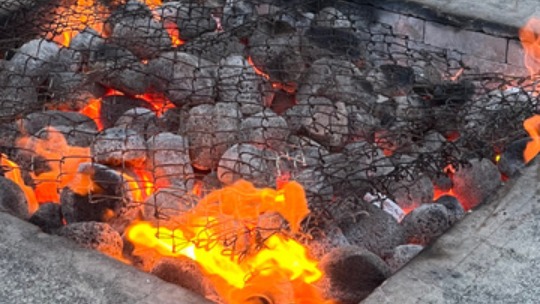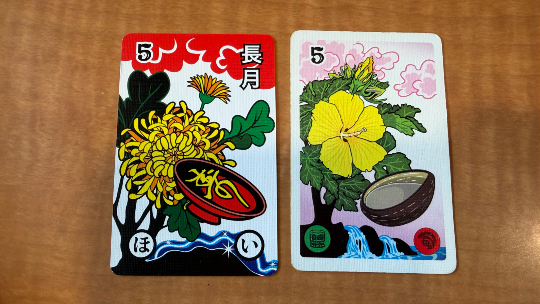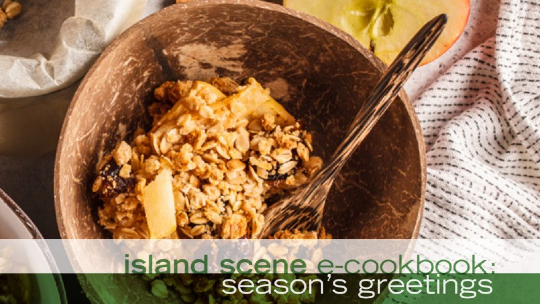Sure, you can plop a pod in a coffee machine for an instant jolt in the morning. But life is too short for shortcuts. To enjoy the true flavor of coffee that farmers cultivate, harvest, and roast for your cup a joe takes a bit more time and effort.
Chai Neo of Greenwell Farms in Kona says it’s worth treating yourself to good coffee. Neo is only one of 15 certified Q graders in Hawaii, the highest national certification for coffee quality. The title is equivalent to being a sommelier. Here are her tips for brewing the perfect cup of coffee.
Get fresh
Coffee in grocery stores can sit on the shelf for months. Source the freshest coffee possible. Check the label to see if the roasting date (not the “best by” date) is within the past two weeks. If there’s no label, don’t be shy to ask the supplier when it was roasted. “Squeeze the bag to smell how fresh and aromatic the coffee is,” Neo says.
Also, buy only what you can drink in a month. Neo suggests joining an online coffee club that will mail you a monthly bag of freshly roasted coffee.
Storage
Store coffee in an airtight container away from heat and light. Neo doesn’t recommend keeping opened coffee bags in the refrigerator. “The moisture can produce uneven grinds,” she says. “Also, coffee is like a sponge. It can absorb the smell of food around it.” You want your coffee to taste like coffee, and not yesterday’s Chinese takeout leftovers.
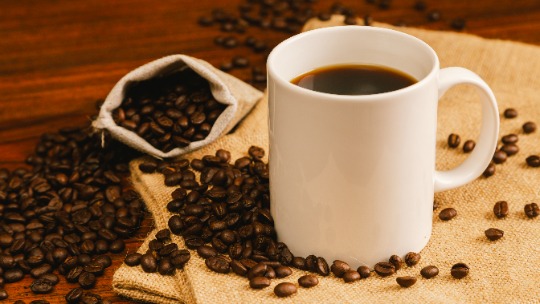
Buy whole bean
Grind beans just before making coffee. Whole beans allow you to control the size of the grounds based on your coffee brewing method. Course grounds are best for French press, fine grinds for drips and pour-overs, and very fine grinds for espresso.
Use a coffee burr
Save the grinder for spices. It’s worth spending a little more for a coffee burr that grinds beans evenly. A consistent grind equals a balanced brew.
Water to coffee ratio
Use 2 tablespoons coffee for every 6 ounces water. “You’ll get about a 20% extraction,” Neo says. “Overextraction leads to bitter coffee and under extraction lacks flavor.”
Since coffee taste is personal, Neo says to experiment based on your taste.
Water matters
Using good water is often overlooked when making coffee. After all, 98% of coffee is water. Use carbon-filtered or bottled water to bring out the subtle notes of the coffee’s character.
“People who taste and love our coffee at the farm later tell us that it doesn’t taste the same when they make it back home,” says Neo. “That’s because they’re using water straight from the faucet, which can be harsh, especially on the Mainland.”
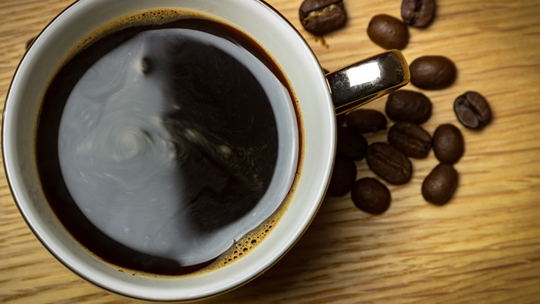
Take its temp
Heat water to 195-200 degrees F, which is just before it boils. If you don’t have a kettle that regulates the temperature, use a kitchen meat thermometer.
Method
Drip coffeemakers are good for a crowd. However, coffee’s acidity changes when it sits all day on a hot plate. A French press or pour-over method is best for single cups that you’ll drink right away.
A paperless filter such as stainless steel or mesh is ideal. Just remember to wash it with soap and warm water to remove any residual coffee oil that can build up. If you use a paper filter, choose one that’s unbleached.
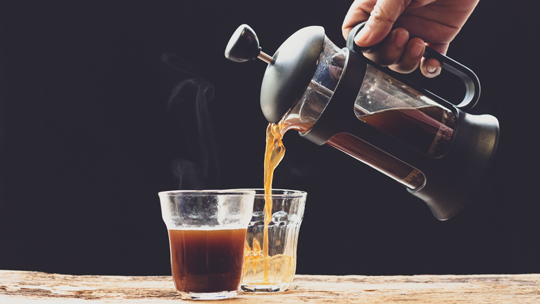
What to do with the coffee grounds? Don’t pour them down the sink or garbage disposal. They can clog pipes. Put them in a compost pile to fertilize the garden.
“We’re spoiled by cafés that can make the perfect cup of coffee,” says Neo. “But with the right knowledge, methods, and equipment, you can spoil yourself at home.”


